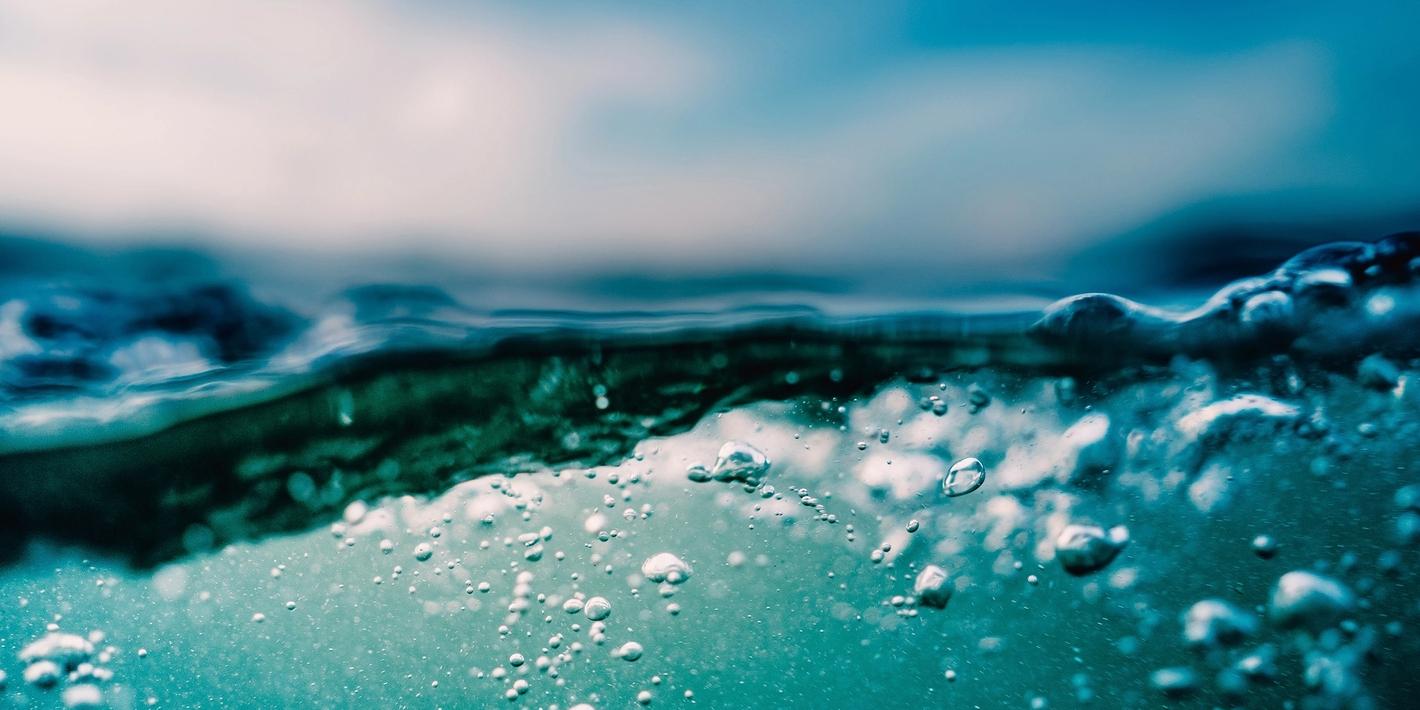Japan has set ambitious climate change commitments and is the home of large companies driving hydrogen, ammonia and low-carbon technology development. Japan was also among the first countries to establish a hydrogen strategy.
Equinor has set clear ambitions for the future. We aim to be a leader in the energy transition by building the energy industry of tomorrow and becoming a net-zero company by 2050. We believe developing hydrogen and ammonia value chains (production to end use) from natural gas in combination with Carbon Capture and Storage (CCS), or by electrolysis of water from renewable power, will be vital to succeed with the transition.
As a broad energy company developing oil, gas and renewable energy, it is important for Equinor to collaborate with companies that have a clear vision for shaping the future of energy. One such collaborator is Mitsubishi Heavy Industries, Ltd. (MHI). Equinor has signed a Memorandum of Understanding (MoU) for a hydrogen and low-carbon technology collaboration. The intention with the non-exclusive MoU is to assess potential for collaboration regarding development and use of technology within low-carbon oil and gas, hydrogen, ammonia and value chains to further reduce the carbon footprint of oil and gas operations and other end-user solutions.
